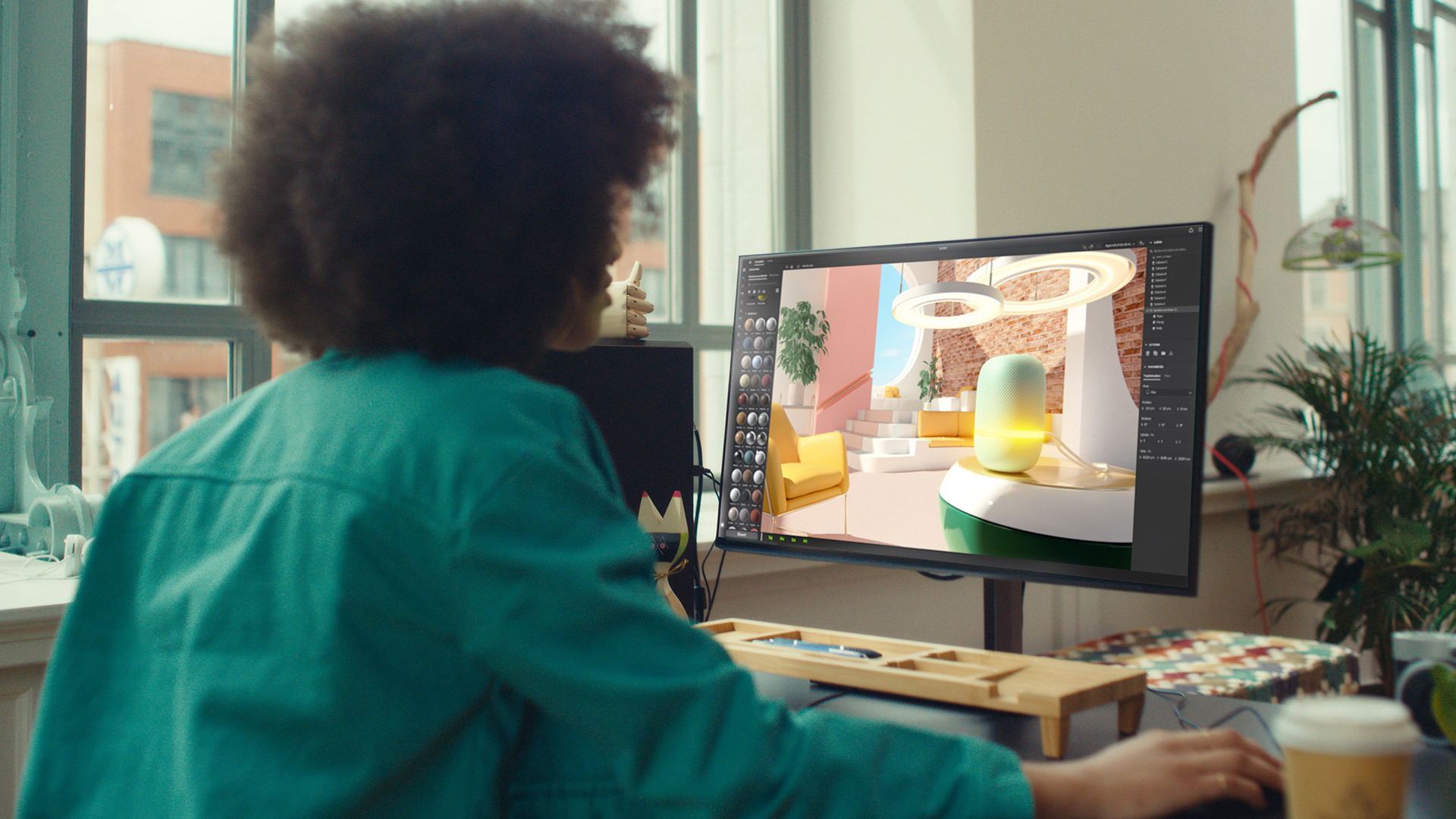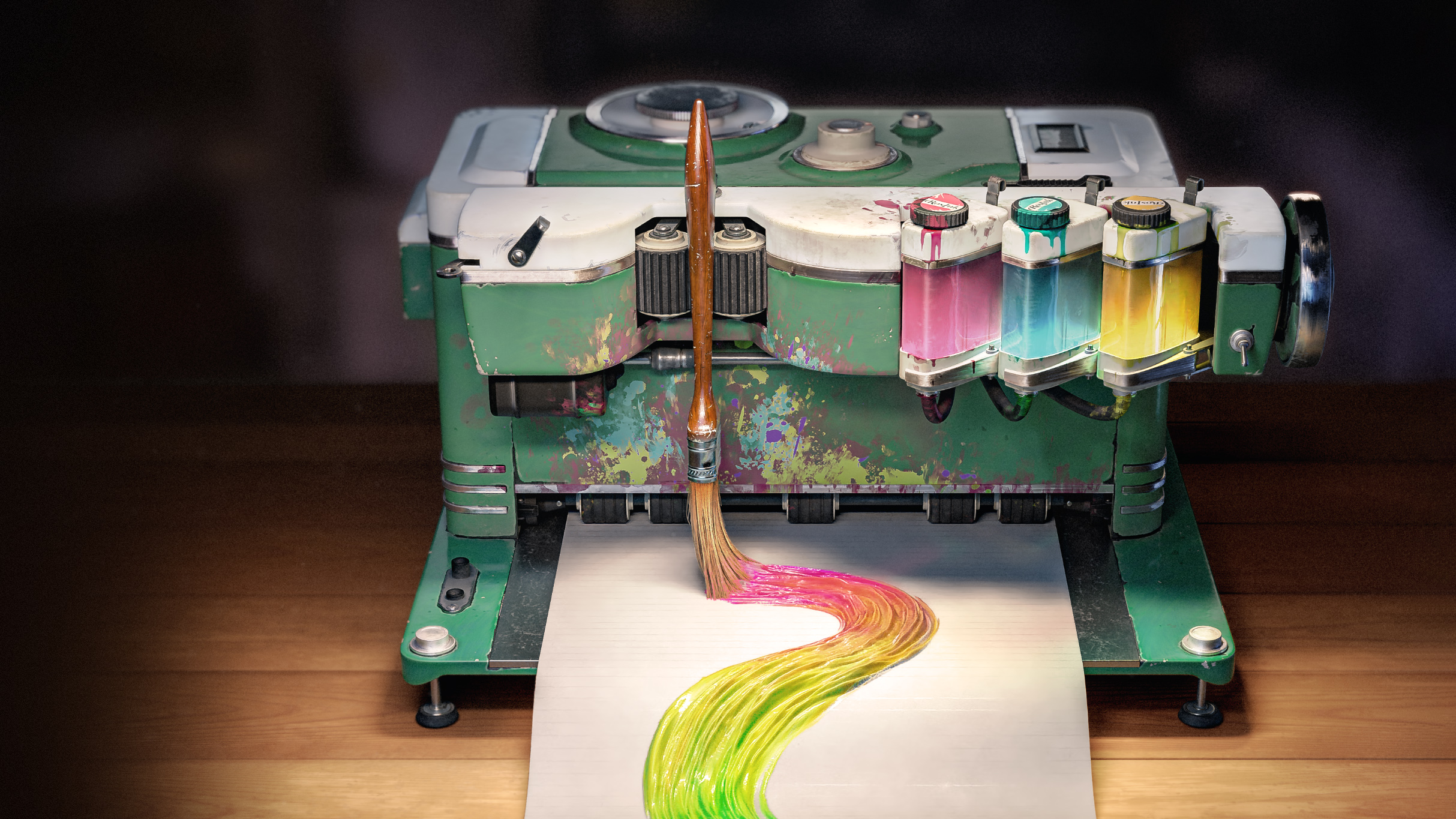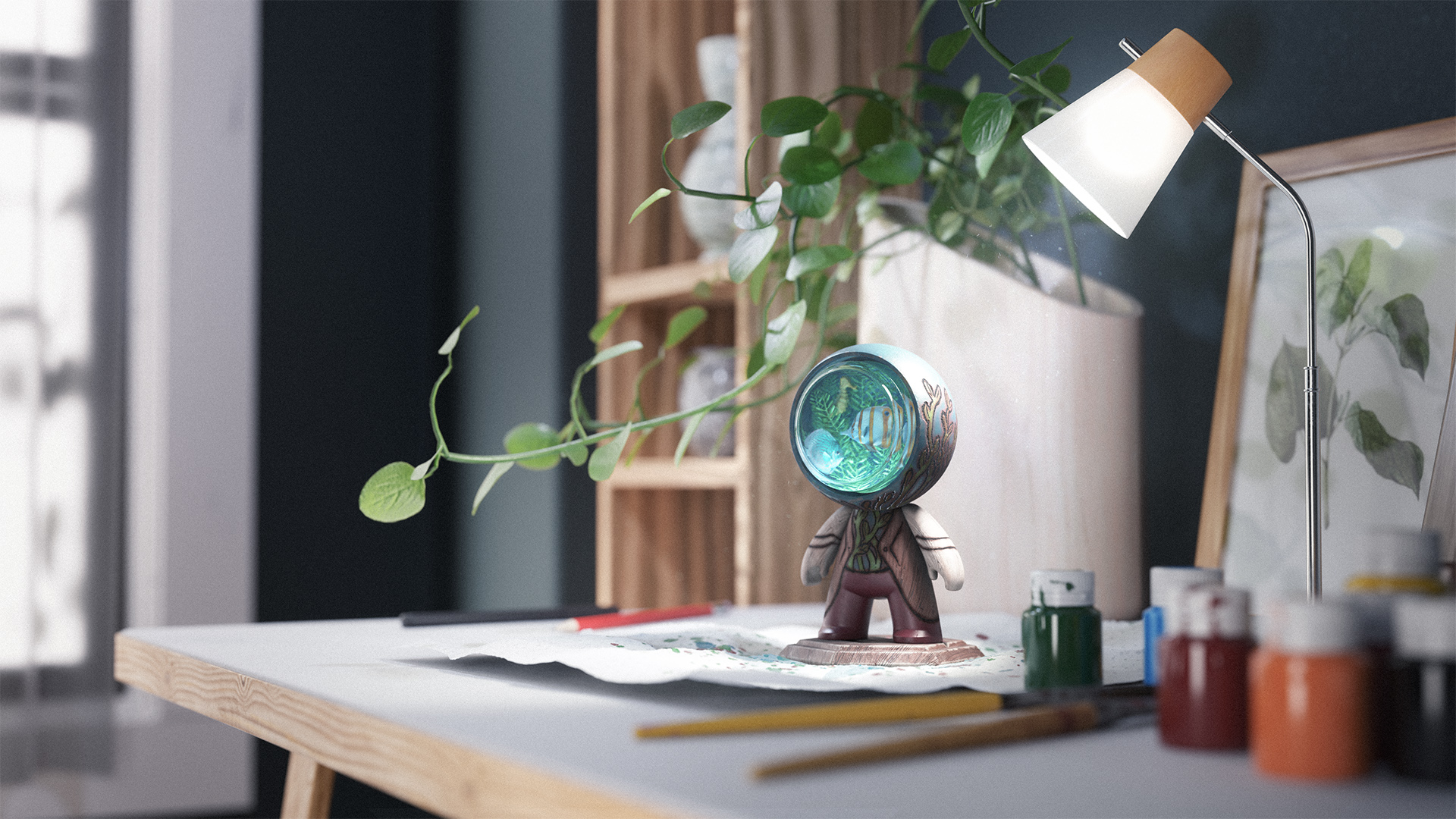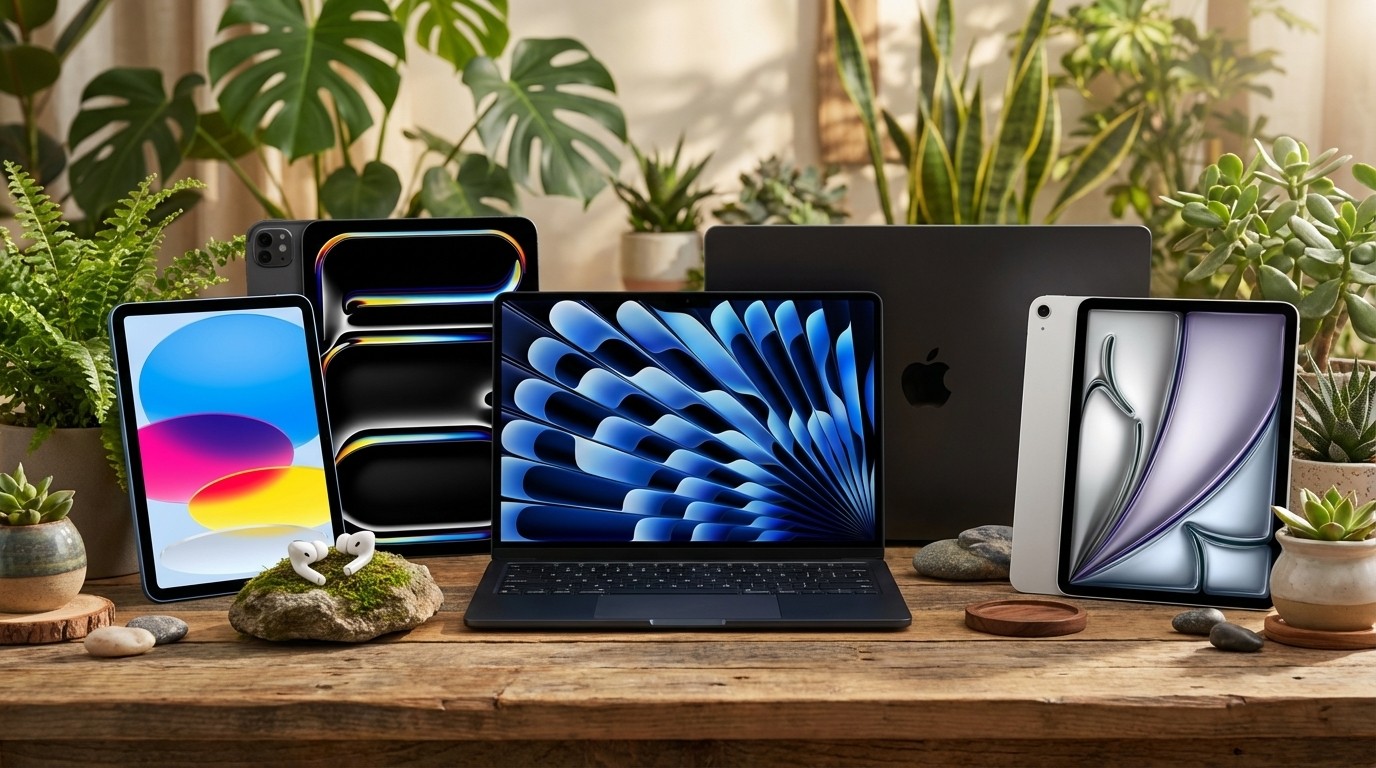Adobe Substance 3D now has an end-to-end solution
The Adobe Substance 3D Collection offers a new, innovative 3D workflow for artists of any skill level.

For many graphic artists or photographers, 3D has always seemed a complicated process. Creating 3D assets for visuals or placing 3D products into a scene has involved either asking for help from a dedicated 3D artist or getting hold of 3D software, which comes with a heavy investment in time and money.
Adobe, the world leader in applications for creatives, understood that to help these artists, they would need to create a suite of 3D creation tools. These tools would have the Adobe hallmark of being easy to use, while also offering the depth and compatibility required by 3D artists embedded in their (or their studios’) existing workflows.
In 2019 Adobe acquired Allegorithmic, who created the Substance 3D selection of applications. The core Substance material toolset allowed the creation of advanced materials which were compatible with all major 3D applications and game engines, and have become the benchmark in 3D texturing and material creation for 3D artists globally. This benchmark applies to the quality of the asset created and the ease and precision of the texturing process in any situation or end-use, from freelance art projects up to the latest AAA+ game or Hollywood blockbuster. In fact, the Substance tools have contributed to many of the most successful titles of the past decade, including movies such as Star Wars Episode IX: The Rise of Skywalker, and Blade Runner 2049, as well as games such as Cyberpunk 2077, and Microsoft Flight Simulator.

Since 2019 Adobe has been busy behind the scenes integrating the Substance tools to make them first-party Adobe Creative Cloud Applications. More recently, in summer 2021, Adobe announced the Adobe Substance 3D Collection.
While it would have been easy for Adobe to just rebadge the existing applications from Allegorithmic, the Adobe 3D team pushed the development of its 3D tools further than ever before, to provide artists both new to 3D and existing Substance users with an end-to-end 3D solution, that combines existing creative workflows with the latest in AI and machine learning technology.
As well as the applications offered, the Adobe 3D Substance collection includes an enormous range of pre-existing assets, including materials, 3D models and lighting setups provided both by Adobe directly, and by the Substance community of artists. Currently numbering in the thousands, these assets are constantly being added to. For many artists these assets make all the difference in ensuring they meet briefs and deadlines.
There are four core Substance applications with this first iteration of the Adobe Substance 3D Collection: Adobe Substance 3D Sampler, Adobe Substance 3D Designer, Adobe Substance 3D Painter, and Adobe Substance 3D Stager.
Sampler allows the creation and modification of new materials from existing textures, or from a photograph. These materials can then be used with other Substance applications, or exported as textures to be used with any major 3D application. Sampler is a great example of the use of Adobe's AI and machine learning technologies development. For example, various AI tools in Sampler can clean up the edges of a material to make it tileable, automatically rendering seams invisible and allowing that material to cover even very large surfaces.

Designer is a well-established tool for creating procedural textures for 3D artists. Adobe has enhanced the existing workflows within Designer to create a procedural toolset for modeling and lighting.
Note that the Adobe 3D team has produced a number of guides and tutorials to help new users get to grips with Designer. If Designer’s node-based approach seems a little perplexing, these resources are present to respond to any questions you might have.
Painter incorporates a layered workflow similar to Adobe Photoshop to paint directly onto the surface of a 3D model. In fact, Photoshop PSD files can be used directly within Painter. Alongside the layered workflow, Painter also offers an unparalleled selection of efficient, advanced tools allowing artists to build up complex, photorealistic materials that include, for instance, realistic weathering, or grime and dust.
Painter is also able to process models and textures to work with other 3D applications. This means that the existing Substance workflows to other applications that were a cornerstone of the 3D industry are maintained.
Finally, Stager is an entirely new application that allows the positioning of 3D objects into a scene. These objects can come from any source, including the Adobe 3D asset collection, from other Substance 3D apps, or from third-party resources.
Stager also allows users to drag and drop materials or images onto 3D objects positioned in this way; such images might come from Adobe Photoshop or Adobe Illustrator. Once positioned as needed, the resulting scene can be rendered using Stager's advanced (and fast) GPU-enabled render engine. This render can be further worked on in Adobe Photoshop. Alternatively, a preview render can be sent directly to a client as a JPEG file.
Stager also offers the ability to relight and place an object using AI and machine learning into an existing photograph using the 'Match Image' function. This is an industry-changing feature provided by Adobe for new and experienced 3D artists alike. 'Match Image' takes the complex and time-consuming task of image matching and automatically accomplishes it within seconds, allowing the artist more time to maximize the creative potential of their final image.
The Adobe Substance 3D Collection is the beginning of Adobe's commitment to the artists of the world, whatever their preferred discipline, to allow them to bring their creativity to the exciting field of 3D.
Daily design news, reviews, how-tos and more, as picked by the editors.

Mike Griggs is a veteran digital content creator and technical writer. For nearly 30 years, Mike has been creating digital artwork, animations and VR elements for multi-national companies and world-class museums. Mike has been a writer for 3D World Magazine and Creative Bloq for over 10 years, where he has shared his passion for demystifying the process of digital content creation.
